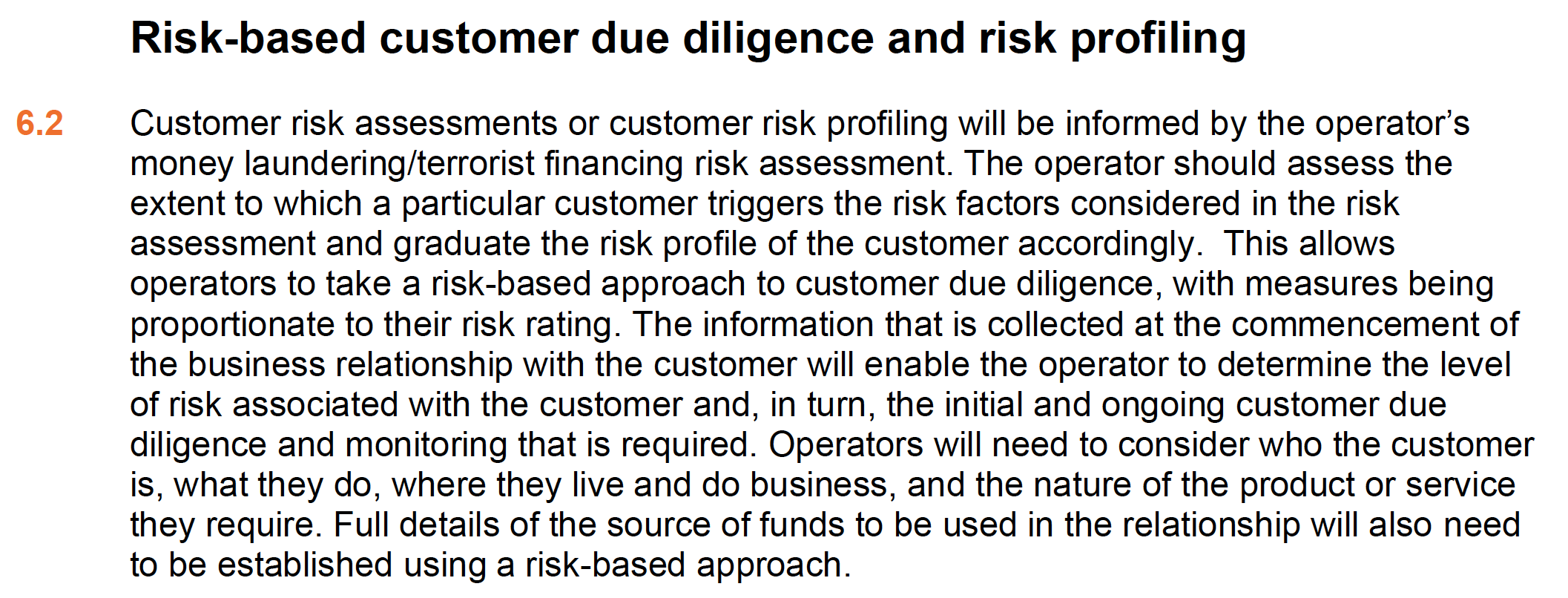2020 was a rollercoaster for us all, not least professionals in the anti-financial crime (AFC) space who had to deal with regulatory change continuing, and criminals upping their game and exploiting the pandemic in tragically ingenious ways. You can read more about the impact of the global pandemic, and other key regulatory and typological developments in our lookback papers from our Europe, Middle East and Africa, and Asia Pacific teams. But, let’s now take a moment to look ahead to 2021 and what we might expect to see as AFC practitioners over the year and what we plan to do as FINTRAIL. Normally, we shy away from predictions, but nothing could have been stranger than the reality that was 2020, so we thought we would give it a go!
Effectiveness and Outcomes-focussed Compliance
We’ve already started to see a shift in this direction in the AFC community, in both larger, traditional banks, as well as in the FinTech community as the pressure from regulators for firms to achieve good outcomes in financial crime prevention increases. Even as far back as 2019, the then-interim Chief Executive of the UK’s Financial Conduct Authority noted: “One thing is already clear – we are moving from a narrower compliance with the rules, to a focus on delivering the outcomes we want for the users of financial services.” While not specific to anti-financial crime, it is clear that all financial services firms want good outcomes for their customers, particularly when it comes to preventing crime against them or involving them.
What is likely to come this year, in our opinion, is a greater focus from regulators on how those outcomes are measured and therefore how confident a firm can be that its controls and AFC risk mitigants are indeed effective at tackling financial crime. Presently, measuring effectiveness can be challenging and is often unsystematic, relying on annual Money Laundering Reporting Officer (MLRO) reports that pull together proxy measures of effectiveness from a wide range of sources, which is manual, time consuming and potentially error prone if the data is not tracked on a more regular basis, and unusual findings pulled out and scrutinised. Using technology to address this problem in the future is at the heart of the solution. In our view, not only will an outcomes focussed approach increase the relevance of reporting that AFC provides to its senior leadership teams - as it will be able to demonstrate clear Key Performance Indicators (KPIs) and markers of improvement over time - it will also drive positive developments in AFC controls by helping to understand better whether those controls are working to actively reduce crime and illicit funds flowing through the financial services ecosystem.
So what are we doing about this at FINTRAIL to ensure our clients adjust to the shift in focus? Our immediate response is to embed ‘effectiveness’ into all of our service offerings in 2021 from advisory to assurance; our consultancy teams are putting it at the heart of everything they do for our clients.
Secondly, FINTRAIL is now an investor in Cable.tech that is headed by the fantastic Natasha Vernier and Katie Savitz who both bring great pedigrees from the likes of Monzo and Square. Cable is focused on finding a technical solution to the challenge of AFC effectiveness. We are super excited by what the team there is building and are sure as 2021 progresses they will be taking the industry by storm.
Increasing specialisation in AFC Compliance
A few years ago and anecdotally at FINTRAIL, we noticed a shift from quite siloed AFC teams with specific areas of focus across the different crime types (e.g. Head of Fraud), to a more homogenous AFC team structure with experts in a number of areas working together and collaborating. A particularly notable change in some organisations was the inclusion of Fraud teams into wider AFC compliance teams, where Fraud had sometimes more traditionally been placed alongside operations or in security and cyber security teams. This flatter approach was especially popular in newly established AFC teams in startups and FinTechs.
Our prediction for 2021 is that we are going to see an increasing specialisation of AFC compliance professionals in the product areas that they oversee and risk manage. For example, Fintech AFC compliance officers might well be broken down further into payments AFC specialists, Foreign Exchange (FX) AFC specialists and Banking as a Service (BaaS) AFC specialists. These specialist product skills will help AFC officers really pinpoint the risks their firm’s products are facing and thereby design more nuanced controls to manage those risks.
As such, it seems increasingly likely that these skills will be required by FinTech firms when recruiting and that candidates coming from more generalist backgrounds will need to demonstrate additional competencies in order to compete with the more specialist compliance officers out there.
We have responded to this development and the growing, critical need for certified qualification in the FinTech industry by partnering with ACAMS to offer the Certified AML FinTech Compliance Associate (CAFCA) qualification and examination. This sets a new standard for the global FinTech industry and brings credibility and parity to an industry that has historically faced questions about competence. As our colleague Kate Hotten put it “It's for FinTechs, but it's so much more: it explores how scale, inclusion, new financial models and technical skills impact how we work in AML. We really worked hard to make sure this wasn't the same old AML blah-blah.”
Wellbeing is critical
2020 gave us all time to reflect on what wellbeing really meant to us as individuals, and firms are starting to do more to ensure that their staff are engaged, resilient and are looking after their physical and mental health. Not only is doing so beneficial for the employees involved, but it also has proven and wide ranging benefits on productivity, employee retention and engagement, inter alia. Staff in AFC teams are no exception to this, and in these roles especially dealing with the negative sides of society that we see when we investigate some pretty horrendous crimes, wellbeing should be prioritised. Further, the sometimes relentless pressure - whether it’s from criminals breaching your perimeter controls to the more generalised stress of working in a regulated industry - can take its toll, and mental health and wellbeing should be taken seriously. Plus, with crime continuing to increase during the pandemic, this focus has never been more needed. And, just because we are working remotely doesn’t mean that wellbeing can be discounted, in fact it’s just the opposite.
At FINTRAIL, we are proud to offer the services of app-based therapy provider, Spill to our colleagues, and are also looking forward to exploring some more bespoke options with Your Virtual Wellbeing Hub, a research-backed one-stop-shop for employers looking to introduce, add to, or kick-start their employee wellbeing offering. We hope that these efforts will make sure that our team’s wellbeing is central to our company ethos.
For the wider FinTech FinCrime Exchange (FFE) community, we are excited to be offering a series of free, donation-based yoga classes from March onwards to help our members disconnect from their day jobs and find that all important “me” time, making them even better crime fighters.
So, whether you are looking to hone your compliance skills, take some time out for yourself from a busy day or are looking at how to revitalize your compliance programme over the next year, we hope you’ve enjoyed reading this piece, and if you would like to contact us about any of the topics raised in this article, or about any other anti-financial crime compliance needs, please reach out at contact@fintrail.co.uk











